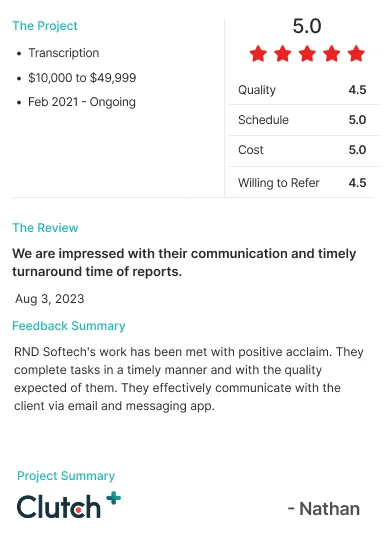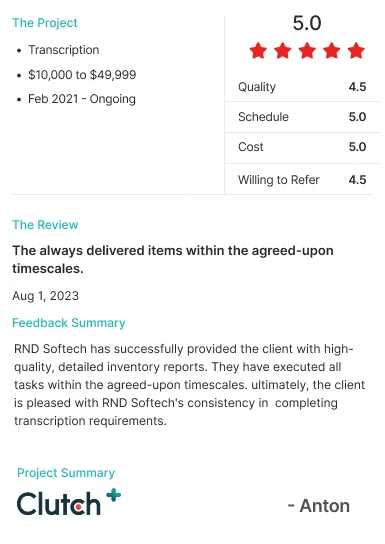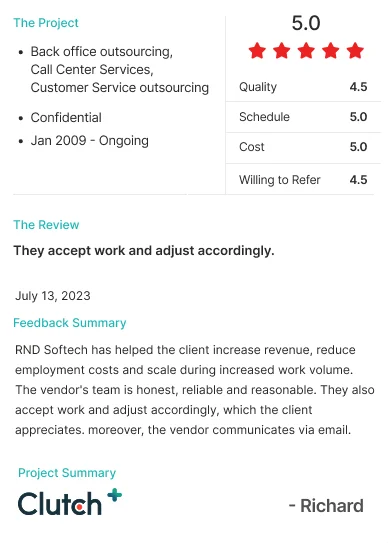Introduction
-
When you rent a property, a lot can happen during your stay. Whether you're a
landlord or a tenant,
it's important to have a clear understanding of
the property's condition from the start. That's where a detailed check-in report
comes in.
-
A comprehensive check-in report not only protects both parties but also ensures that
there is no confusion or
disagreement when the lease ends. In this article, we'll dive into how these reports
can prevent disputes and why they are crucial for maintaining healthy
landlord-tenant relationships.
What is a detailed check-in report?
A check-in report is a written document created when a tenant first moves into a rental property.
This report thoroughly documents the condition of the property, including its fixtures,
appliances,
and any existing damage. The goal is to establish a clear baseline of the property's state
before the
tenant takes possession. This report is typically signed by both the
landlord and the tenant, acknowledging that the property's condition is accurately recorded.
How check-in reports prevent disputes?
Disputes between landlords and tenants often arise over security deposit deductions,
claims of property damage or miscommunications about the property's condition.
A detailed check-in report can help prevent
these types of conflicts by establishing a mutual understanding of the property's state from day
one.
Establishing clear expectations
By creating a thorough check-in report, both parties agree on the property's condition at the
start of the tenancy. This clarity prevents any assumptions or misunderstandings later on,
ensuring that both parties are on the same page.
Documenting the condition of the property
One of the most common reasons for disputes is disagreements over property damage. A detailed
report with photographs and descriptions of each room helps to clarify any existing issues and
eliminates uncertainty regarding what damage occurred during the tenancy.
Avoiding misunderstandings
A report serves as a point of reference for both the landlord and the tenant. When either party
questions the property's condition, they can simply refer back to the report to clear up any
misunderstandings.
Key elements to include in a check-in report
Creating a comprehensive check-in report requires careful attention to detail. Here are the key
components to include:
Property condition: walls, floors and fixtures
It's important to document any imperfections or damages such as stains, cracks or marks on the
walls, floors and ceilings. This should be done in every room of the property, including
hallways and bathrooms.
Inventory of items in the rental property
If the property comes with furniture, appliances or other items, it's vital to document their
condition. Record details about each item, including any wear and tear that is already present.
Photographic evidence
Taking photos of the property is a crucial step. Photos serve as visual evidence to support the
written descriptions in the report. Ensure that these photos are clear, dated and comprehensive.
Utility meter readings
To avoid future disputes regarding utility bills, it's a good idea to record the readings of
water, electricity and gas meters at the time of check-in.
Tenant signatures and agreement
Both the landlord and tenant should sign the report, confirming that they agree with the
documented condition of the property. This signature acts as an agreement that the property is
in the stated condition at the beginning of the lease.
Legal benefits of a detailed check-in report
A check-in report isn't just useful for preventing misunderstandings; it also serves as legal
proof if a dispute arises. It can protect both parties' rights and prevent financial conflicts
over the return of security deposits.
Serving as legal proof in case of disputes
In the event of a disagreement, such as a claim for damage that the tenant disputes, the check-in
report can serve as evidence. It's a legally binding document that outlines the property's
condition at the time of move-in.
Protecting both landlords and tenants' rights
A well-documented check-in report ensures that the tenant is not held responsible for
pre-existing damage. For landlords, it provides the assurance that they can charge for damage
that occurred during the tenancy, without facing unjust claims from the tenant.
Avoiding financial disagreements
With a clear check-in report, both parties are less likely to engage in disputes over the return
of security deposits. It clearly identifies what damage, if any, existed when the tenant moved
in.
Both landlords and tenants should follow best practices to ensure the check-in process is
thorough and transparent.
A check-in report isn't just useful for preventing misunderstandings; it also serves as legal
proof if a dispute arises. It can protect both parties' rights and prevent financial conflicts
over the return of security deposits.
Conducting a thorough inspection
Before moving in, both parties should carefully walk through the property and inspect every room.
It's important to do this together to ensure that nothing is overlooked.
Communication between parties
Good communication is key to a smooth check-in process. Both parties should discuss any concerns
or questions about the condition of the property before signing the report.
Keeping records organized
Both landlords and tenants should keep copies of the check-in report and all related documents in
an organized manner. This will make it easier to refer back to the report if any disputes arise
in the future.
What happens if there's no check-in report?
When a check-in report isn't conducted, both landlords and tenants are left without a reference
point for the property's condition at the start of the lease. This lack of documentation can
lead to disputes over property damage or deposit deductions. In addition, legal protections for
both parties may be compromised, making it more difficult to resolve any issues.
Conclusion
A detailed check-in report is a vital tool for preventing disputes between landlords and
tenants. By documenting the property's condition, both parties can avoid misunderstandings,
protect their rights and ensure a smooth rental experience. It's an essential step in
maintaining a positive and transparent landlord-tenant relationship.
Author
Article Written by
Priya TM
GM - Delivery and operations
Priya TM has an MBA with 24+ years of experience joining as a HR executive and moving on to
become the operations and delivery head. She is responsible for integrating, synergizing the
various functional activities for delivering the Organizational goals. She is also in charge of
cost budgeting and macro management.










